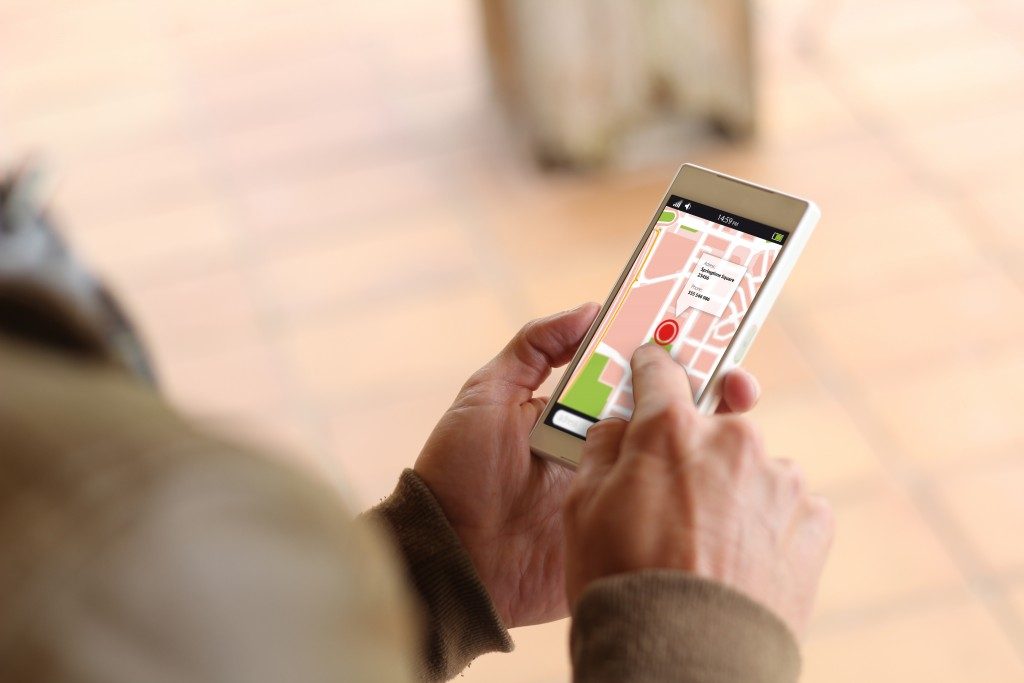Imagine a world without smartphones, online education portals, or lasers. While it’s technically possible, it would be a harder world to live in. Advanced technology once thought of as too expensive or complex to share with the rest of the world are now deeply embedded in day-to-day life.
From DVDs to traffic apps, the following technologies have been brought to the level of the masses:
GPS/GNSS
Explorers who relied on the stars and paper maps to navigate would never have guessed that they could one day navigate using devices that can fit in their palms. Global Navigation Satellite Systems, or its popular U.S. variant the Global Positioning System, was initially developed to keep submarines on track but has since helped civilians out of sticky situations.
GNSS or GPS are primarily used to point out the location of a person or pet. People may use it for navigating through heavy traffic, going to a previously unknown location, tracking a lost pet or belonging, and packages from online sellers.
Multiple-element GPS are considered the next step for the navigation system. Name a major country and they’re likely to have their own a multi-element GPS simulator somewhere. These systems use multiple antenna inputs to receive signals from satellites, ensuring that going into a tunnel or the like would not interfere with the operation of a GPS system.
Personal Computers and Smartphones

Personal computers were mainly used by large companies upon their introduction in the 1970s due to their bulk and technical operation. Since then, smaller, plug-and-play versions of the computer have made their way into homes. Its impact on the daily lives of people was so great that it is nearly impossible to revert certain industries to pre-computer settings.
The smartphone has its roots in the development of computers. IBM, a prominent maker of computers, introduced the world’s first smartphone in 1994 to consumers with the promise of putting every essential function of a computer in the user’s pocket.
Now, most of its prominent features are considered basic. A smartphone almost can’t be considered a smartphone if it doesn’t have a touch screen and email, fax, notes, calculator, and app technology. Modern smartphones are capable of doing much more now, such as taking pictures and videos nearly on par with some digital cameras, or running applications that were impossible to use on mobile devices just a few years ago.
Lasers
The application of lasers to daily life is an obscure concept. But every time someone uses their DVD player or computer’s CDROM drive, they are using lasers. Landlines and Internet connections that use optical fibers use lasers for telecommunication purposes. Offices often have laser printers to copy and produce important documents.
Electronic welders, scientists, and cashiers are also united by the fact that they use lasers in their daily work. Welders use lasers to put microchips together, scientists have multiple uses for lasers, and cashiers use laser-enabled barcode scanners.
Just when you think humanity has reached the pinnacle of innovation, advancements and new inventions crop up. The never-ending need to improve the quality of life of people regardless of their country of origin drives the urge to push innovations and invent ways to improve earlier designs. Technologies we deem too expensive or untenable for daily widespread use, such as electric cars and 3D printing, could be commonplace objects just a few years from now.

